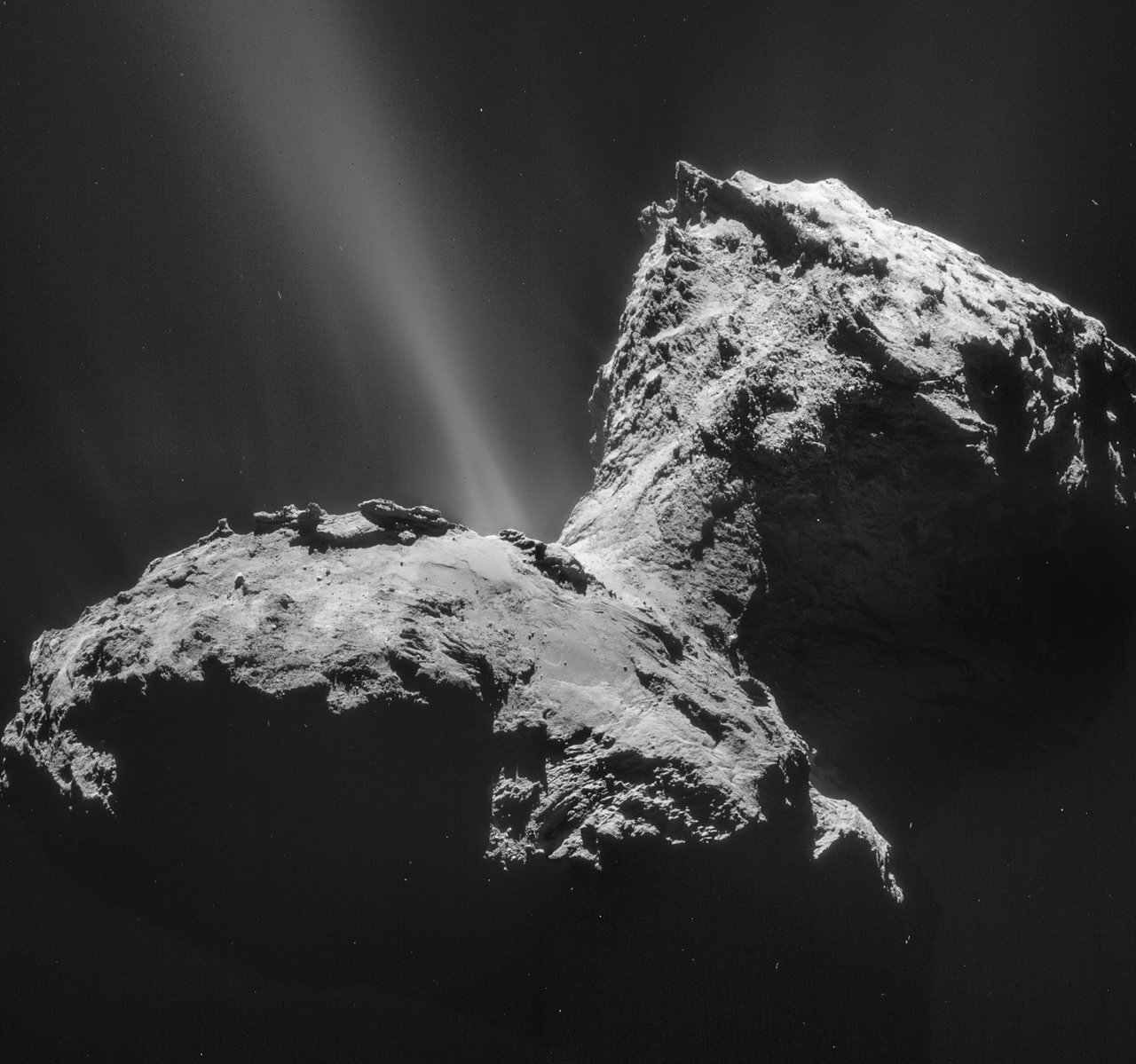Comet 67P/Churyumov-Gerasimenko was orbited by the Rosetta orbiter spectrometer for ion and neutral analysis (ROSINA) instrument, which aimed to enhance our understanding of cometary material composition. The researchers, led by Ahmed Mahjoub from CalTech, the Space Science Institute Colorado, and the University of Bern in Switzerland, used data from ROSINA to study dust particles volatilized during a dust event in September 2016. The team discovered the presence of large organosulfur species on the comet’s surface. Through laboratory simulations, they were able to determine that these materials formed as a result of chemical reactions initiated by irradiating mixed ices containing hydrogen sulfide. These findings shed light on the importance of cometary sulfur chemistry and its role in the detection of organosulfur materials in other comets and icy small bodies. The Rosetta mission provided valuable insights into the diverse molecules present on comet 67P through the use of various instruments, including ROSINA. Ammonium salts were also detected during the mission. By analyzing the data gathered during the dust event, Mahjoub and his team were able to identify sulfur-bearing molecules embedded in the dust grains of the comet. In-lab simulations confirmed that sulfur played a dominant role in the comet’s environment and suggested an ice-chemistry origin for the sulfur-bearing species. The dust event, which occurred before the spacecraft landed on the comet, led to the observation of high-density gas plumes. Mass spectrometry measurements conducted during the study revealed the abundance of sulfur dioxide and the presence of semi-volatile organo-sulfurous molecules on the comet’s surface. Further experiments in the lab demonstrated the complexity and diversity of sulfur chemistry in comets. The team performed electron irradiation experiments on ice mixtures to simulate the conditions on the comet, and the results showed the rapid dissociation of hydrogen sulfide, which had a significant impact on the ice films’ chemistry. Overall, these findings suggest that sulfur plays a crucial role in the evolution of comets and other interstellar icy bodies. The James Webb Space Telescope, which was mentioned in this research, is expected to provide further insights into the chemistry of the solar system and help researchers understand the composition and evolution of various interstellar bodies. The study of sulfur chemistry is particularly important in this context, as it holds the potential to answer questions about the origin and evolution of icy small bodies in the solar system.
Denial of responsibility! TechCodex is an automatic aggregator of the all world’s media. In each content, the hyperlink to the primary source is specified. All trademarks belong to their rightful owners, and all materials to their authors. For any complaint, please reach us at – [email protected]. We will take necessary action within 24 hours.

Jessica Irvine is a tech enthusiast specializing in gadgets. From smart home devices to cutting-edge electronics, Jessica explores the world of consumer tech, offering readers comprehensive reviews, hands-on experiences, and expert insights into the coolest and most innovative gadgets on the market.


